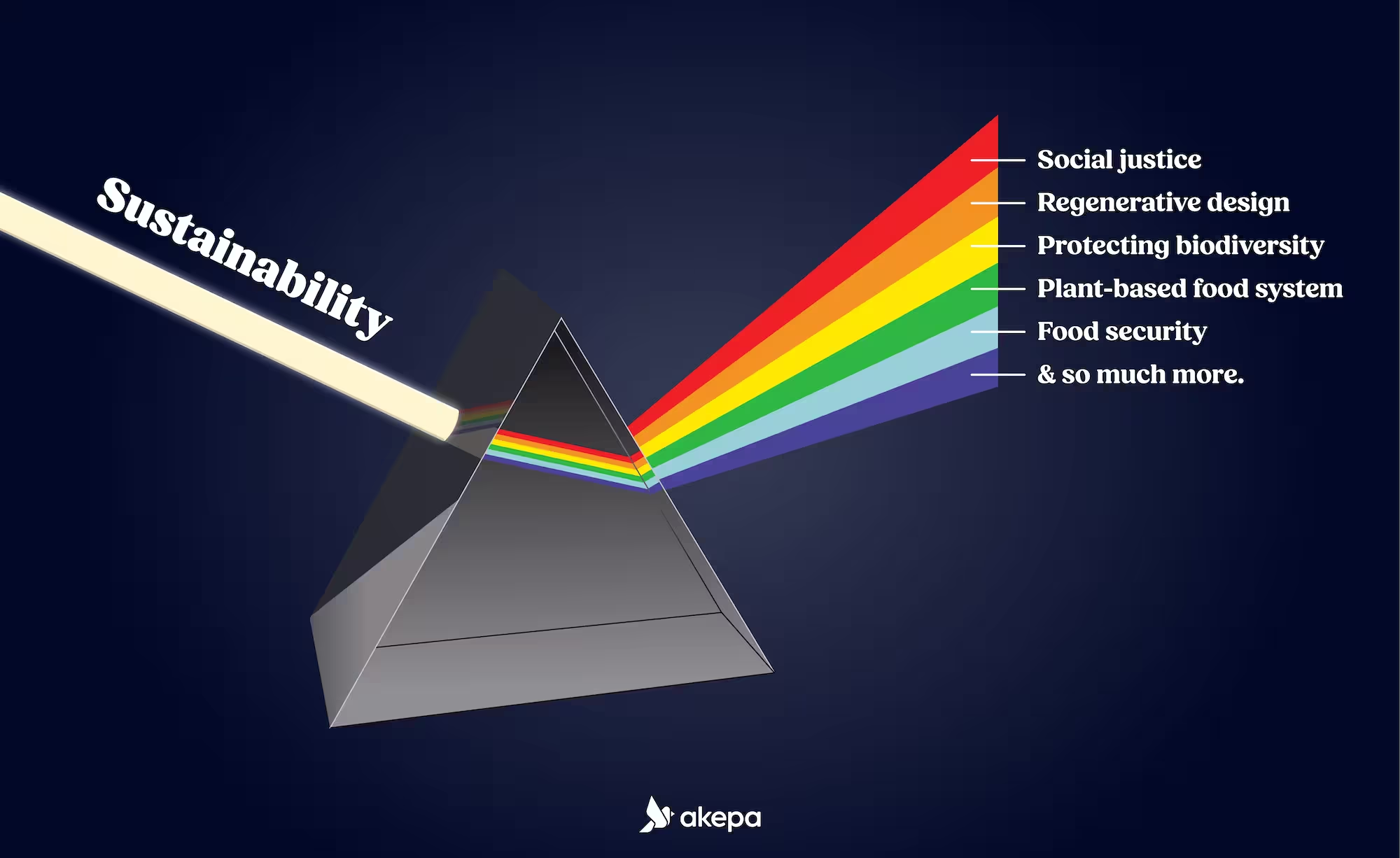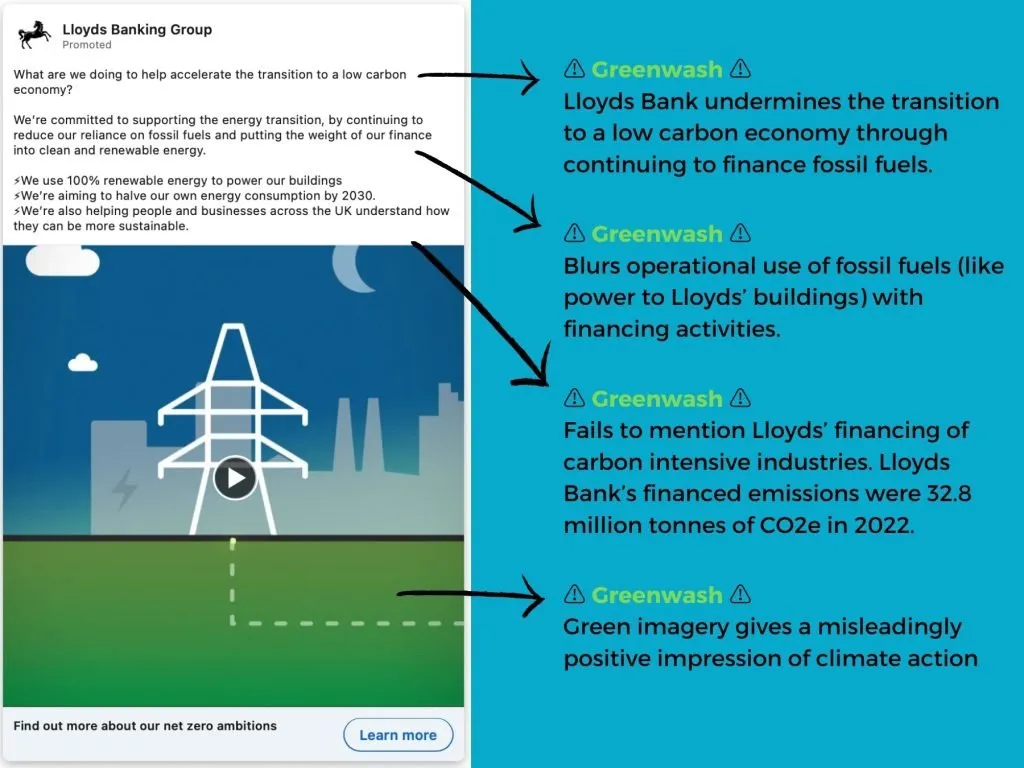Sustainability marketing isn’t a meretricious new way of doing things. It’s about matching the moves of the planet and its people.
Many humans want brands that reflect their values, which are refracted through the prism of sustainability. This presents a strange set of new challenges for businesses trying to mirror these values in their marketing strategies.
Damn: marketing has never been simple but now it’s gotten really knotty.

One major hurdle is greenwashing. This is where brands mislead consumers into believing they are more sustainable than they actually are. It’s a subterfuge that can seriously damage a brand’s reputation. It’s far better to be genuine in sustainability claims to build trust with buyers.
Maintaining product quality while being eco-friendly is another challenge. Often, there’s a perception that sustainable products might compromise on quality. Companies need to prove that they can offer products that blend quality and sustainability.
There are plenty of other challenges when marketing sustainable products – here’s a rundown of 12 of the most common and even this is just a sudden outburst:
- Greenwashing: An eco-friendly disguise that risks the brand’s trust and reputation.
- Greenhushing: Saying nothing about sustainability because of the intimidating pitfalls.
- Measurement: Communicating impacts accurately and transparently.
- Certifications: Certifications build trust but some, like B Corp, are difficult to achieve and unaffordable for smaller startups.
- Supply Chain: Making sustainability flow throughout every stage and then telling the story of how everything fits together.
- Cost Benefit: It’s not easy to communicate the value of sustainable products over cheaper alternatives, especially with the cost of living crisis.
- Quality: Balancing eco-friendly practices with product quality – and proving to people that eco-friendly products are just as good, or better.
- Saturation: There are so many other sustainable brands out there now, so standing out is a challenge.
- Excitement: Being too earnest or pessimistic about the state of things risks boring people. It’s not easy but you have to set some pulses racing.
- Confusion: Relying on general expressions risks you sounding vapid (e.g. saying something boilerplate about people and planet) but technical language can be a turn off.
- Politics: Somehow, terms like sustainability and climate, have been absorbed into the divisive political soup. Mention a particular word and you risk triggering people.
- Sustainability: Yep, there’s a glaring gap between sustainability talk and actual buy-in. Is being a sustainable company… sustainable, or a path to ruin?
To add to that, you could say an emerging challenge is AI. Everyone in marketing is using AI these days and nobody wants to fall behind. But the environmental impacts of AI are hard to overlook so it’s a bit of a dilemma when you’re attempting to innovate.
Overcoming these challenges is crucial for brands seeking to win in today’s climate.
Now let’s zoom in on a couple of those key challenges, for a bit more detail.
Avoiding greenwashing in marketing
Greenwashing is probably the biggest no-no in sustainable marketing – especially with stricter laws getting going. Brands have to be sincere about their eco-friendly practices to build trust with buyers who are more savvy than ever. This is also a path to not end up in the courts and all over the news. In short: no big or little lies.
How to not go there, consciously or unconsciously? Start by documenting clear internal standards. This means creating guidelines that will act like a scaffolding to make sure your sustainability claims stand-up. No flimsy exaggerations or vague statements that collapse at the slightest scrutiny. People are keen to hear accurate details, like the carbon footprint of your product or what percentage of materials are recycled.
To avoid confusion, it helps to use language that everyone can understand, shunning the corporate jargon that can act like a smokescreen, sometimes inadvertently. Explain your sustainability efforts clearly, simply and precisely – you could say conversationally, like you would to a friend. When people understand the impact of your actions, they’re more likely to trust your brand.
Here’s a quick checklist to follow:
- Standards: Develop clear guidelines for all sustainability claims (and content).
- Simplicity: Provide straightforward information about your efforts, in plain language.
- Accuracy: Use precise data (and also certifications) to back up your claims.
- Consistency: Make sure other business activities don’t contradict what you’re claiming.
- Openness: Admit mistakes and have a dialogue with customers and followers.
By following these steps, brands can avoid the pitfalls of greenwashing and grow to become a brand that people love. At its core, it’s just about being honest and clear.
Oh, and another way to not trip up is to hire a marketing agency versed in sustainability, like Akepa. It’s telling that the bad example shown below, from Lloyds, which was banned, was crafted by a traditional marketing agency that misjudged the task.

For more insights on avoiding deceptive marketing practices, our 2025 guide on greenwashing in marketing highlights the importance of clear labeling and accountability.
Avoiding greenhushing in marketing
Greenhushing is when sustainability efforts go underreported. After so many years of brands shouting about their sustainability efforts, disproportionately, it’s now the case that many are whispering, also disproportionately.
There are various reasons for this, not all of them to do with fear. Here are four key factors at play:
- Anxiety around getting the message wrong, which is exacerbated by stricter laws.
- Discordance about how to get the message out there – especially at larger companies with complex communications functions.
- Negative perception from important stakeholders – especially buyers, investors and governments.
- A lack of enthusiasm or ennui for saying the same old things without tangible, measurable rewards.
It’s a complicated issue but perhaps the solution is more straightforward: be accurate. If you’re doing great things then just describe them.
Just talk about the exact details and resist grand statements or exaggerations, like claiming the almost-impossible ‘carbon neutral’ or, heaven forbid, ‘carbon negative’. In that way, nothing can really go wrong. It’s not like inflated statements are converting a load of credulous people to your cause, anyway.
For those interested, we’ve written another blog post about what greenhushing is – including a case study from Apple.
Balancing sustainability with business goals
As we mentioned earlier, one major challenge of being a sustainable brand is making sure that it’s a rewarding approach from a business perspective. Not going bust is important to your sustainability. Sustainable marketing can drive long-term business viability but there’s nevertheless some rough terrain to negotiate.
For anyone thinking of getting started, it’s worth bearing in mind that creating ‘green’ products is still a smart business move. Today’s citizens – especially the younger generations – want eco-friendly options. Take a recent study from PWC that revealed people are still willing to pay around a 10% premium for sustainable products – even amid the cost of living crisis.
It may be a growing market but to connect with customers, you have to stand out. Yet, standing isn’t easy in a saturated space. Some simple advice from us on this: just try to do something different, don’t be a copycat, and don’t be frightened to find a tone of voice that’s identifiably yours.
For larger brands, integrating ESG (Environmental, Social, and Governance) or related criteria into business strategies may be important. When it comes to marketing, publishing a sustainability report is a wise thing to do and even better if it’s intuitive to read through, like this nutritious environmental report from Google. This approach meets expectations and enhances brand credibility. It can also strengthen investment. Do, however, bear in mind that the term ‘ESG’ has fallen a little out of fashion so needs to be worn cautiously.
By balancing sustainability initiatives with business objectives, companies can make sure that they survive into the future, where they can grow and succeed. Which is the entire point of the whole s-thing anyway.
Some final thoughts on scaling the challenge
Crafting a successful sustainable marketing approach means focusing on honesty and openness. Despite a fair amount of exposition in this post, that’s fundamental. Folk wants real information. It’s about being specific about what makes your brand eco-friendly. Avoid general claims like the plague, or perhaps a more ambiguous ailment.
Informing folk in an interesting, non-patronising way about sustainability is key too. Clear yet distinctive communication helps you bring the value of your eco-friendly products to the table. People tend to stick with brands that respect their values but it’s important to get the message across in a market that’s getting busy.
By focusing on identifying the challenges, and overcoming them, brands can better negotiate the vicissitudes of sustainability marketing. It may be a challenging market but it’s not one that’s set to evaporate – and the more successful brands to challenge the established system the better. That’s what your planet needs.
Are you one of those brands looking for a little help from a sustainability marketing agency – just get in touch and we’ll get back to you asap.



Leave a Reply